chapeudechuva
New Member
Hello! I am in Portugal. I'm using Google Translate to make this post!
I have a female chameleon for 4 months! (She came to me at 4 months old, so in total she is 8 months old).
She is a chameleon from Yemen!
In the last month thanks to the forum I have learned a lot! Thank you very much to all!
As a beginner I would like help to know if I'm on a good path with her, because being a beginner is always full of doubts!
I leave all the information here:
Terrarium: 45 x 45 x 60 cm (EXO TERRA)
Lighting: 26W UVB 10.0
Plants: Wandering Jew (the one with purple leaves)
I'm leaving pictures of the entire terrarium!
DOUBTS:
1- Is my terrarium adequate? And the lighting?
2 - After I studied a lot here on the forum I changed my terrarium to how it is currently. I put more plants and "hiding places" and this ended up creating places with "shade" where the light from the lamp does not reach. Today for the first time I saw "mold / mold" in the terrarium, in the substrate, in the area where there is a shadow and the light does not reach. I got desperate and removed the moldy part (there's a photo below) and removed all the wet substrate! Now with so many hiding places out of reach of light, some corners are getting wet substrate even though the entire terrarium has already dried up from the water I sprayed. What can I do?
I saw that buying COLLEMBOLS and putting them in the terrarium helps to treat "Mold", do I do that? Can I add another UBV lambada to have other lighting corners? I'm feeling that one leaves the terrarium dark on the other side (you can see it in the photo).
3- Two weeks ago she came to me with these dark green spots on her body. In the past it was all light green, and changed color with contact with the light of the lamp (of course, because it absorbs light) but that's it, now it has these dark "stripes" that are present in it almost always. When she goes to sleep they "lighten" a little... but I still don't understand if it's normal or not. So to understand: they lighten, «m, darken... I've already researched about burns but that doesn't seem to be it, visually it's different!
I appreciate everyone's attention!
Thanks!
I have a female chameleon for 4 months! (She came to me at 4 months old, so in total she is 8 months old).
She is a chameleon from Yemen!
In the last month thanks to the forum I have learned a lot! Thank you very much to all!
As a beginner I would like help to know if I'm on a good path with her, because being a beginner is always full of doubts!
I leave all the information here:
Terrarium: 45 x 45 x 60 cm (EXO TERRA)
Lighting: 26W UVB 10.0
Plants: Wandering Jew (the one with purple leaves)
I'm leaving pictures of the entire terrarium!
DOUBTS:
1- Is my terrarium adequate? And the lighting?
2 - After I studied a lot here on the forum I changed my terrarium to how it is currently. I put more plants and "hiding places" and this ended up creating places with "shade" where the light from the lamp does not reach. Today for the first time I saw "mold / mold" in the terrarium, in the substrate, in the area where there is a shadow and the light does not reach. I got desperate and removed the moldy part (there's a photo below) and removed all the wet substrate! Now with so many hiding places out of reach of light, some corners are getting wet substrate even though the entire terrarium has already dried up from the water I sprayed. What can I do?
I saw that buying COLLEMBOLS and putting them in the terrarium helps to treat "Mold", do I do that? Can I add another UBV lambada to have other lighting corners? I'm feeling that one leaves the terrarium dark on the other side (you can see it in the photo).
3- Two weeks ago she came to me with these dark green spots on her body. In the past it was all light green, and changed color with contact with the light of the lamp (of course, because it absorbs light) but that's it, now it has these dark "stripes" that are present in it almost always. When she goes to sleep they "lighten" a little... but I still don't understand if it's normal or not. So to understand: they lighten, «m, darken... I've already researched about burns but that doesn't seem to be it, visually it's different!
I appreciate everyone's attention!
Thanks!
Attachments
-
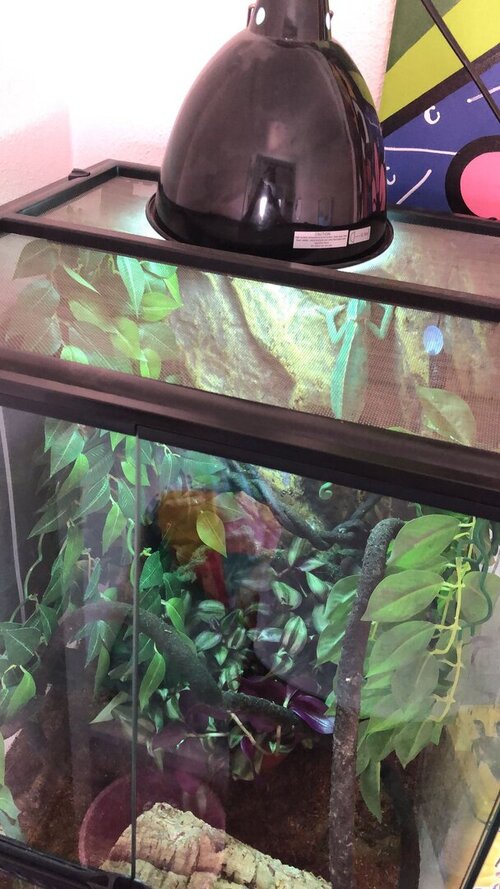 WhatsApp Image 2023-07-30 at 12.52.09.jpeg135 KB · Views: 49
WhatsApp Image 2023-07-30 at 12.52.09.jpeg135 KB · Views: 49 -
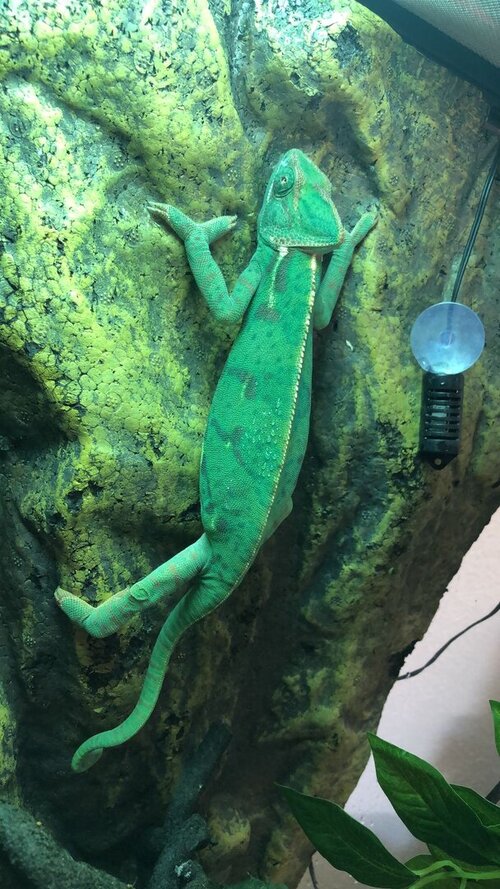 WhatsApp Image 2023-07-30 at 12.51.56.jpeg183.4 KB · Views: 42
WhatsApp Image 2023-07-30 at 12.51.56.jpeg183.4 KB · Views: 42 -
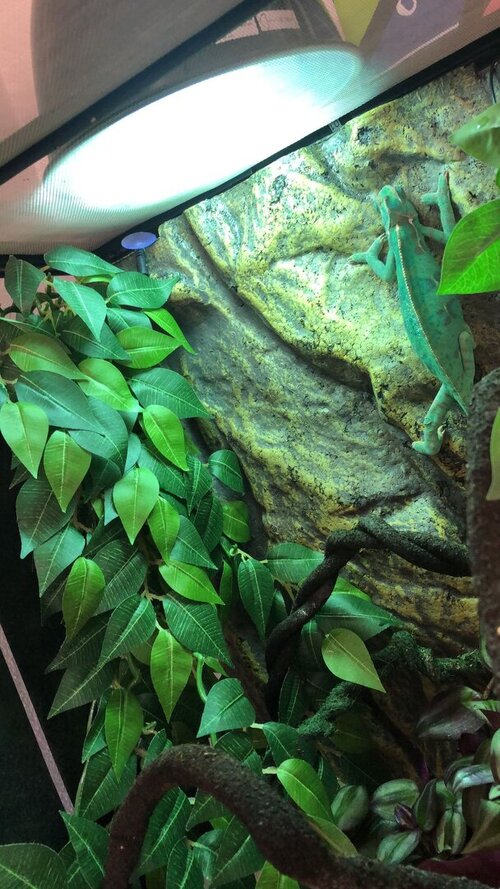 WhatsApp Image 2023-07-30 at 12.51.49.jpeg171.1 KB · Views: 55
WhatsApp Image 2023-07-30 at 12.51.49.jpeg171.1 KB · Views: 55 -
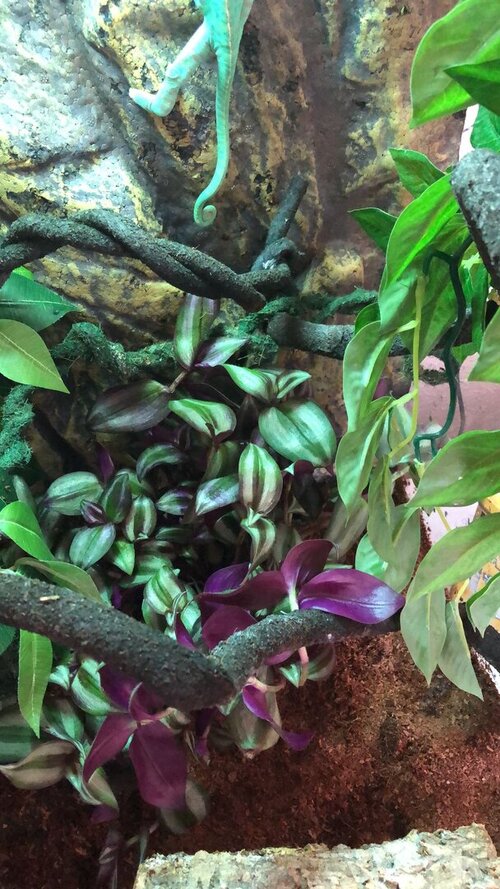 WhatsApp Image 2023-07-30 at 12.51.42.jpeg181.9 KB · Views: 51
WhatsApp Image 2023-07-30 at 12.51.42.jpeg181.9 KB · Views: 51 -
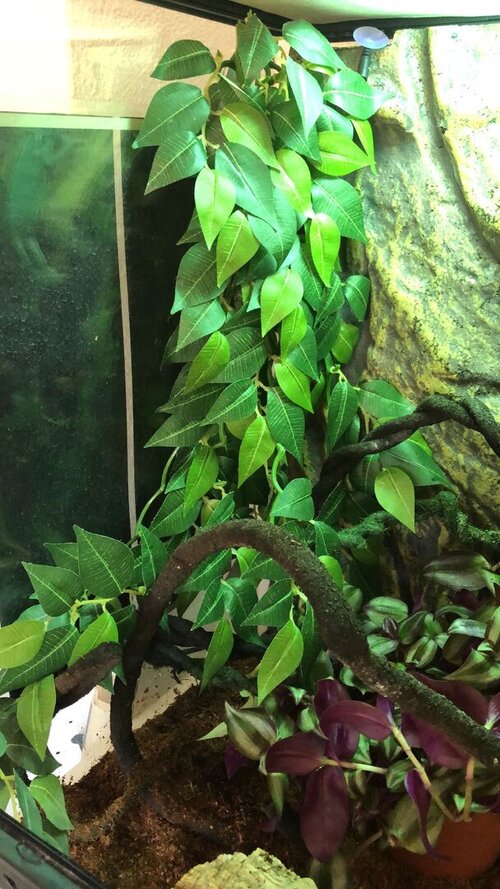 WhatsApp Image 2023-07-30 at 12.51.27.jpeg169.9 KB · Views: 54
WhatsApp Image 2023-07-30 at 12.51.27.jpeg169.9 KB · Views: 54 -
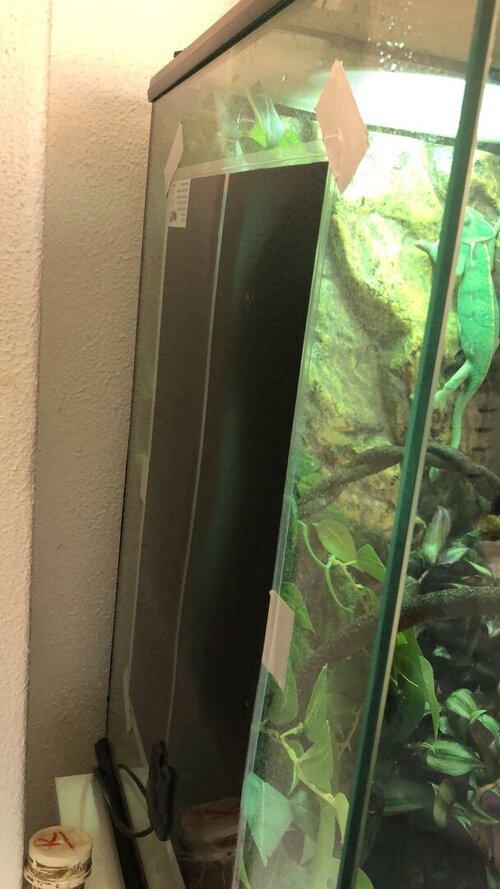 WhatsApp Image 2023-07-30 at 12.51.14.jpeg106.2 KB · Views: 45
WhatsApp Image 2023-07-30 at 12.51.14.jpeg106.2 KB · Views: 45 -
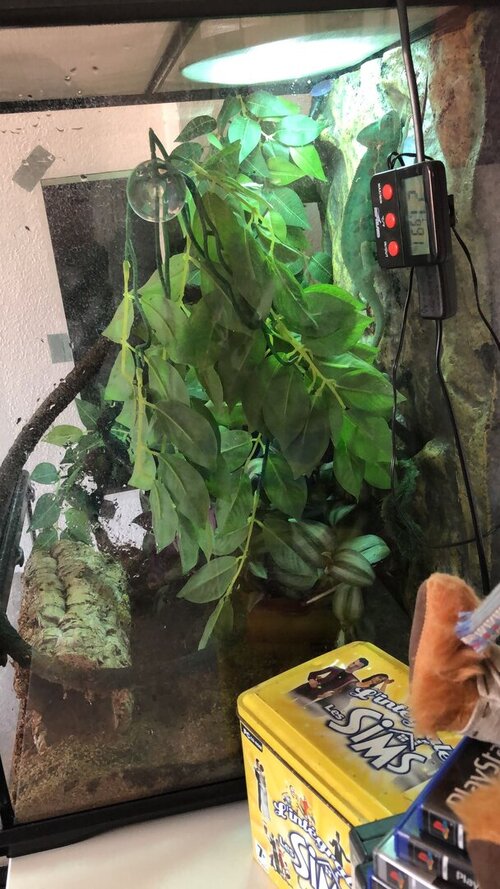 WhatsApp Image 2023-07-30 at 12.51.06.jpeg155.1 KB · Views: 52
WhatsApp Image 2023-07-30 at 12.51.06.jpeg155.1 KB · Views: 52 -
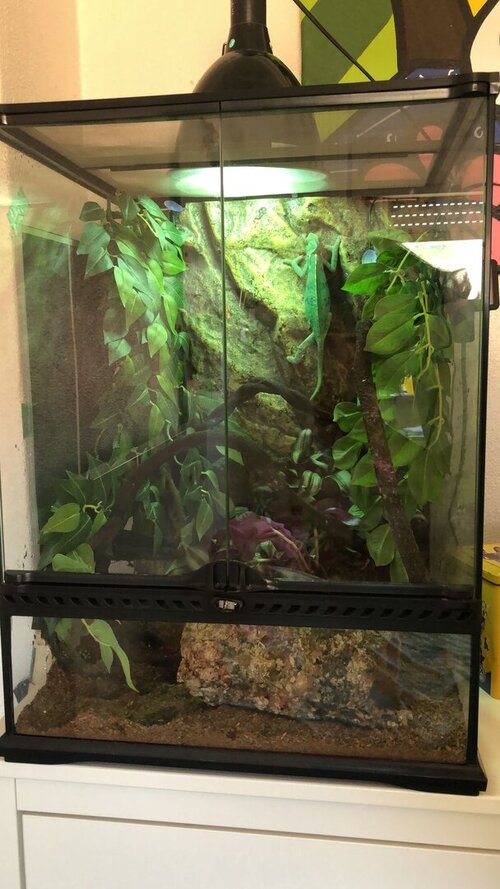 WhatsApp Image 2023-07-30 at 12.50.56.jpeg126.1 KB · Views: 48
WhatsApp Image 2023-07-30 at 12.50.56.jpeg126.1 KB · Views: 48 -
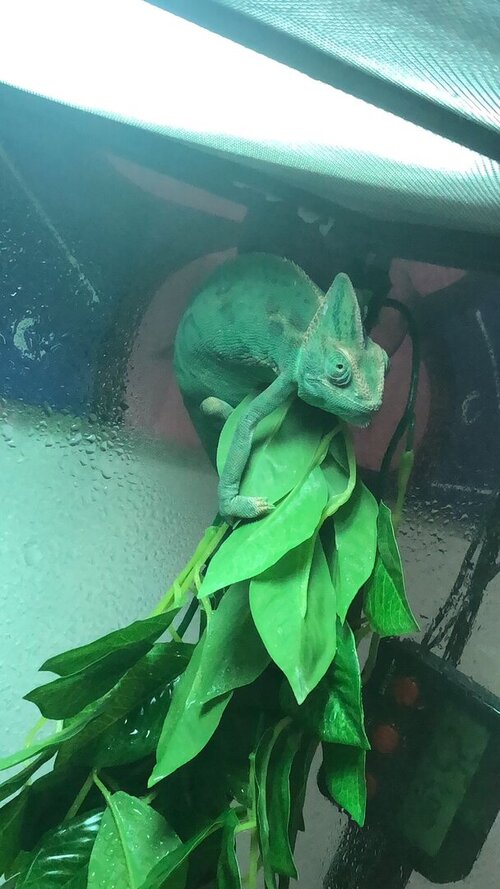 WhatsApp Image 2023-07-30 at 12.50.25 (1).jpeg115.6 KB · Views: 50
WhatsApp Image 2023-07-30 at 12.50.25 (1).jpeg115.6 KB · Views: 50

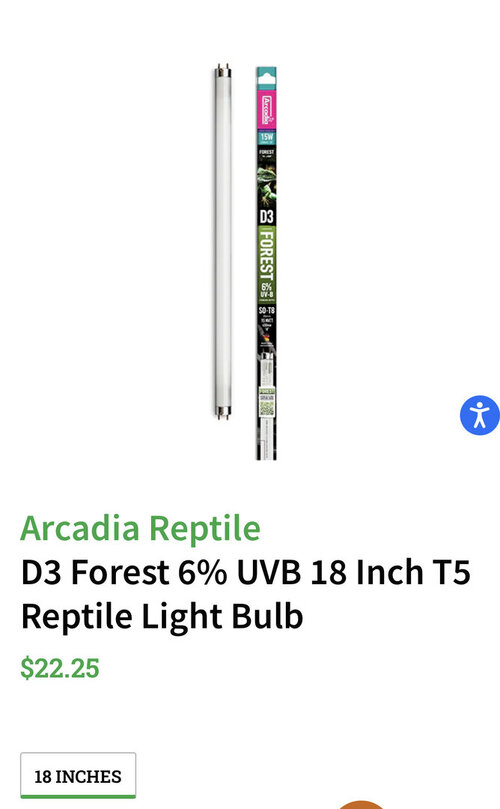


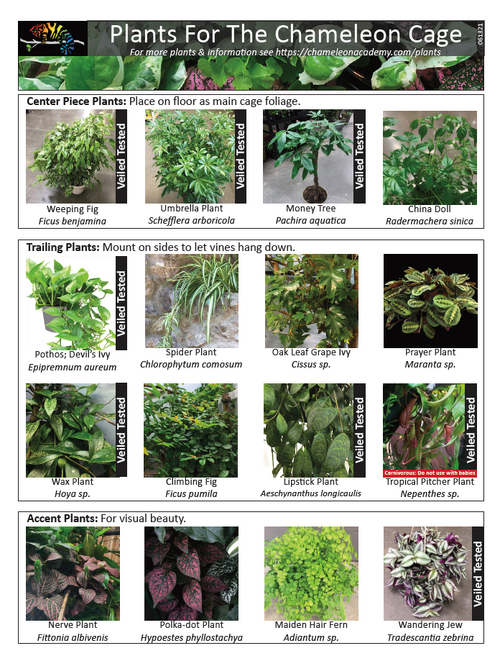
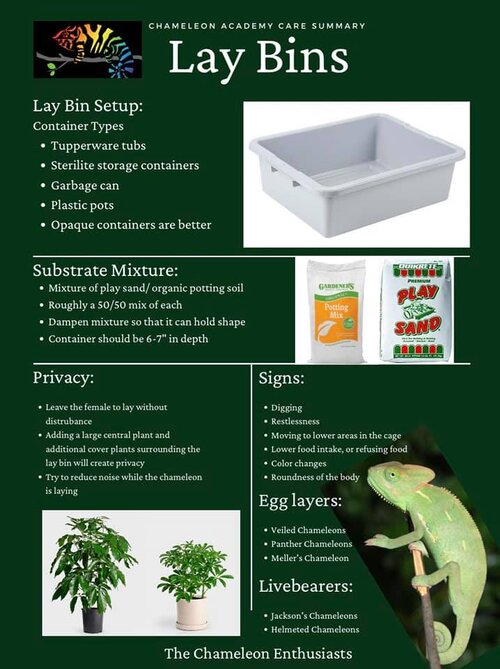
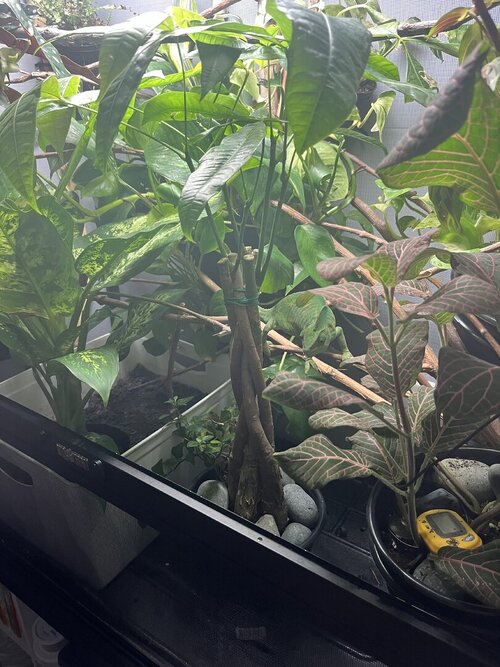
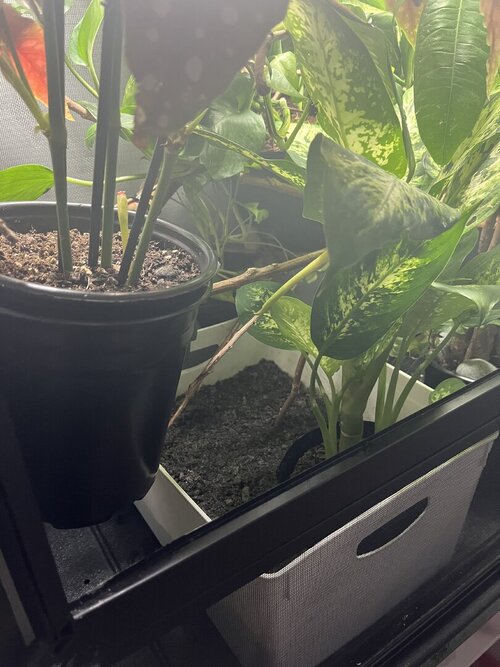
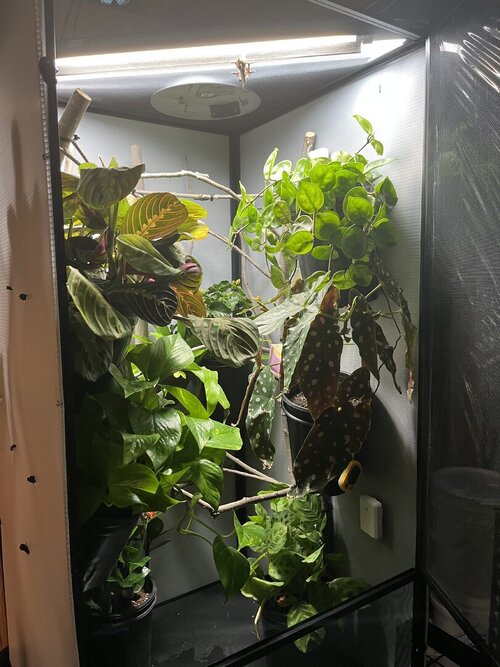
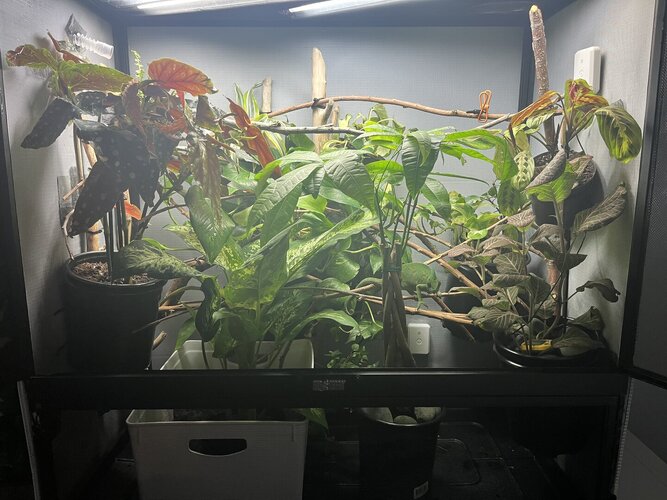
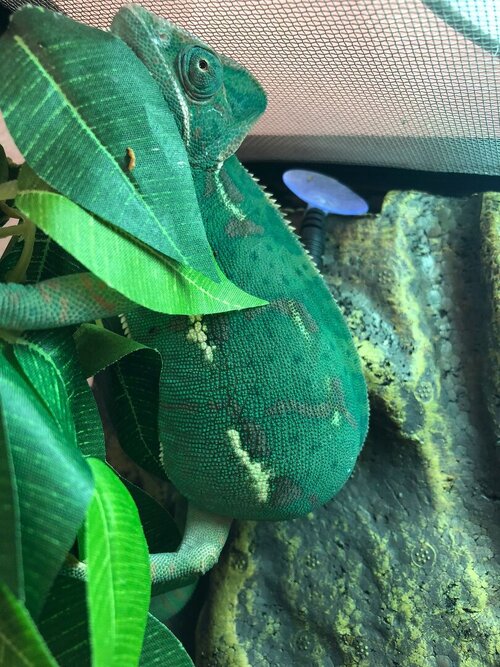
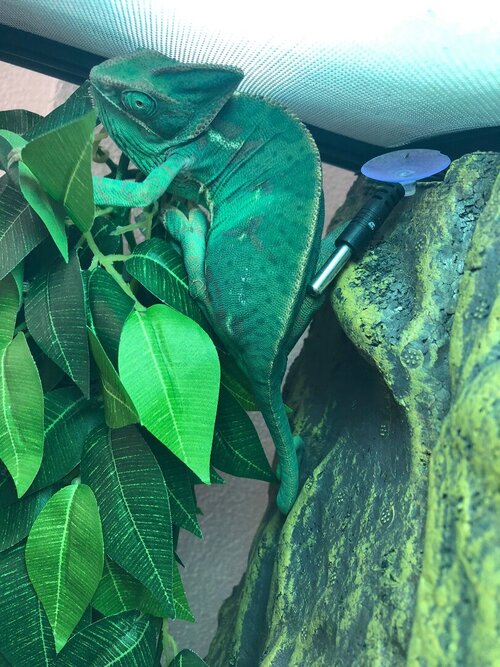
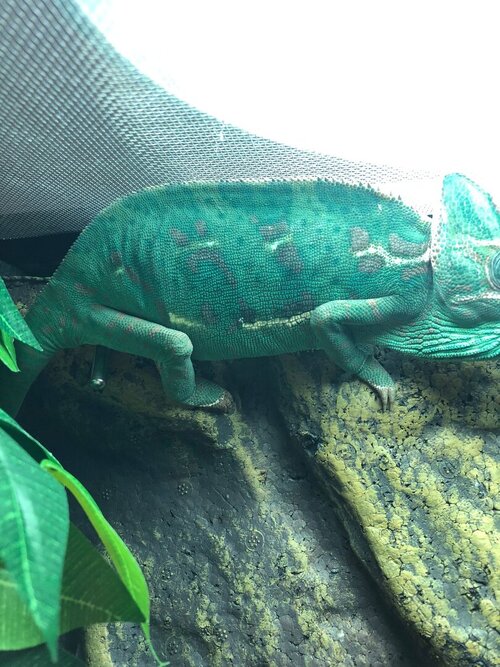
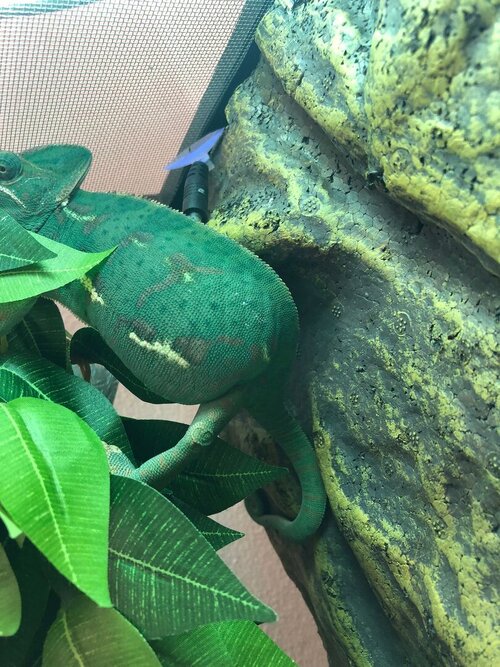
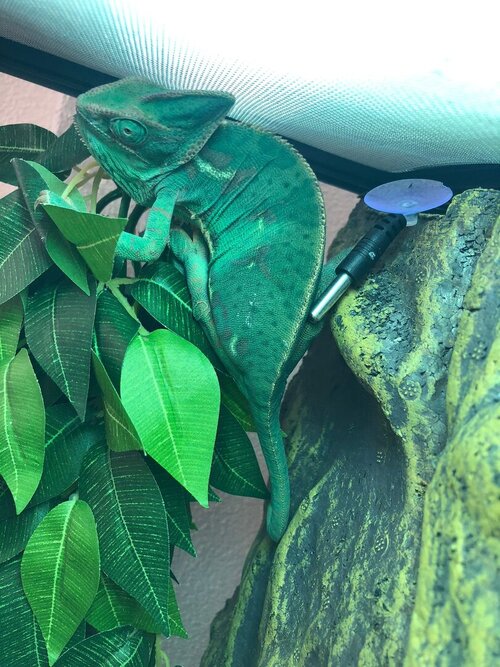
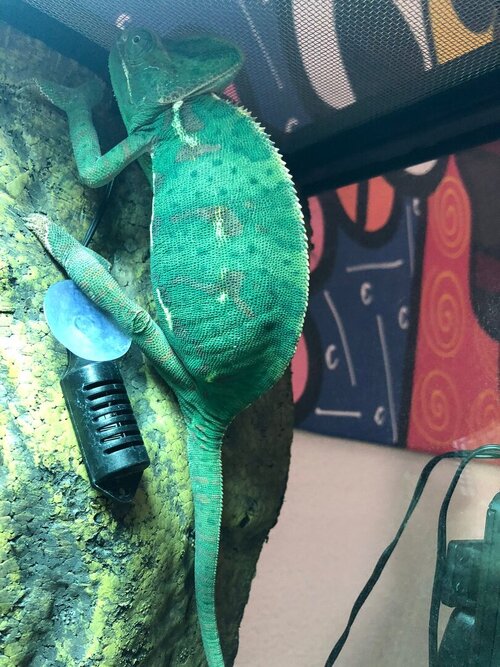
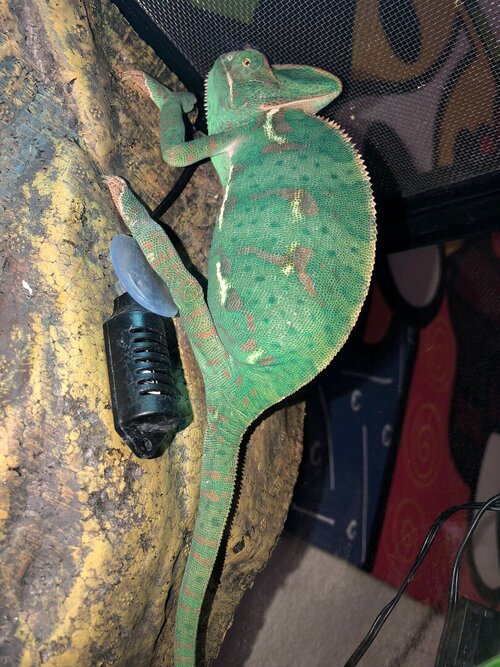
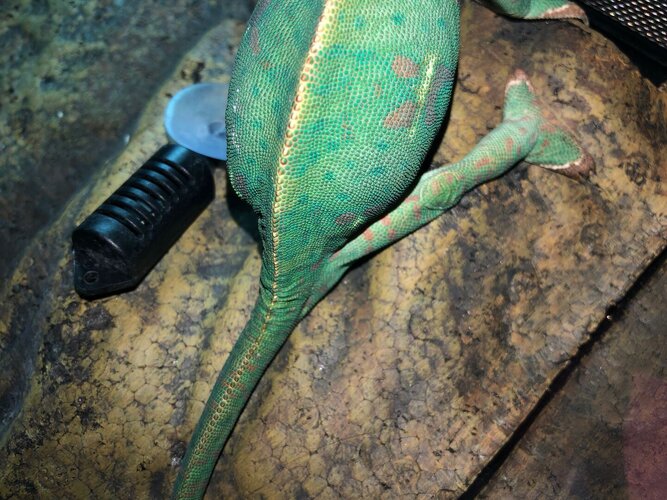
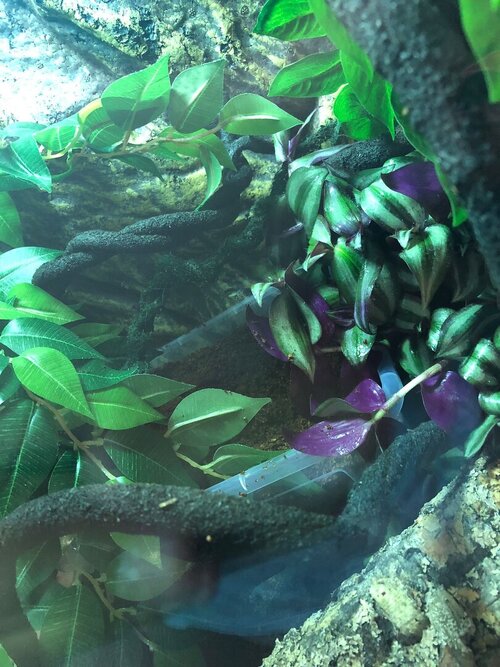
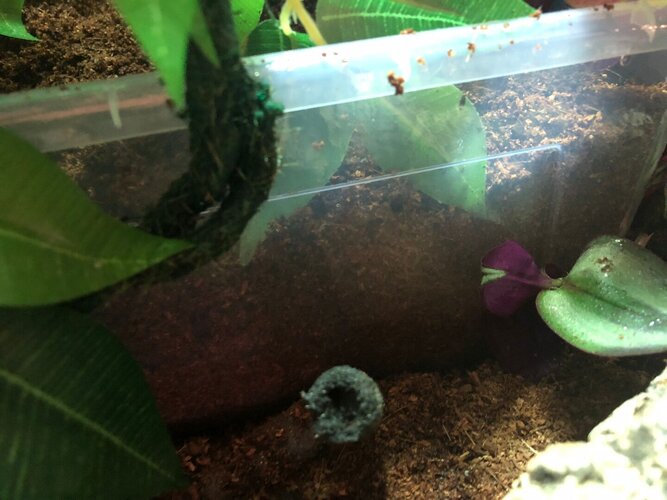
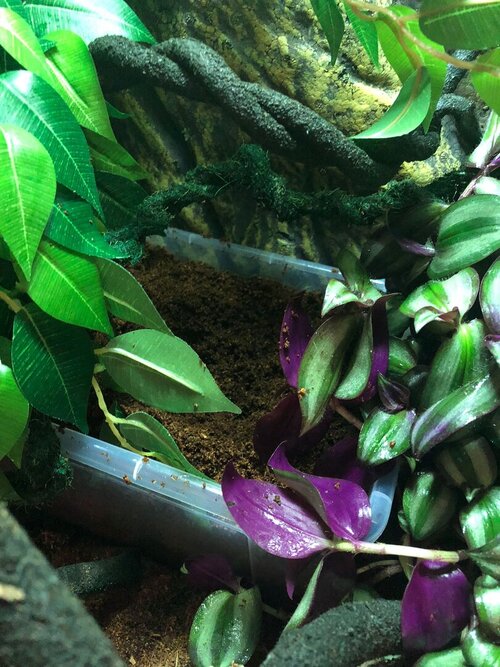
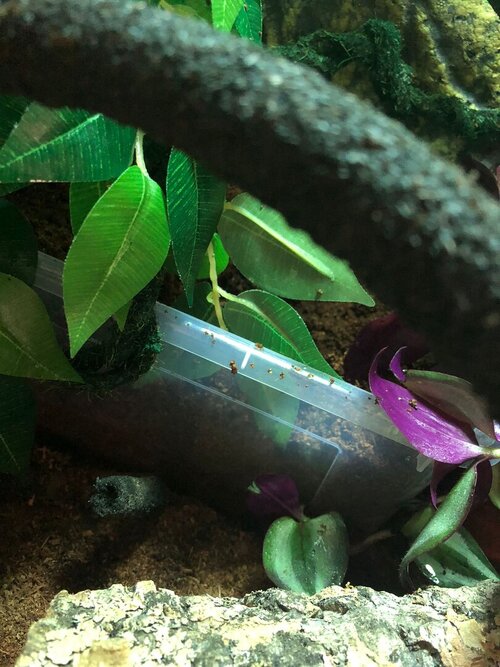
![screen-19.59.48[30.07.2023].png](/data/attachments/316/316709-4c54c791dc7dbc023aaf1ae16e171072.jpg)


